Cycling is a great way to lose weight
Cycling is a fantastic way to lose weight. If you want to slim down, then you should definitely consider cycling as your go-to form of exercise. It’s a low-impact exercise, meaning that there is less stress on your joints. This makes it an ideal form of exercise for people who have knee pain or who are prone to injury. Cycling also burns calories at a high rate. You can expect to burn up to 600 calories during a 30-minute cycling session, which is more than a 45-minute jog! If you want to lose weight, you simply need to increase the number of hours you cycle each week. Moreover, cycling is also a great way to maintain your weight if you’re already at your desired weight. Cycling is a low-impact exercise that doesn’t put a lot of strain on your body. It’s a great way to maintain your weight once you’ve already lost the extra pounds.
Cycling can help relieve depression and anxiety
Cycling is a great way to reduce depression and anxiety. There is a mounting body of research that supports this claim. Riding a bike releases endorphins, which are responsible for making you feel good. This can be particularly helpful in treating cases of mild depression. If you’re suffering from depression, you should seek medical treatment. Cycling can be a great addition to your treatment plan. Endorphins can help improve your mood and make you feel happier. Cycling can also improve your self-esteem. If you’re self-conscious about your body, you may be reluctant to go out somewhere like the gym. Cycling, on the other hand, is much more relaxed and low-key. It’s also a great way to get fresh air and sunshine. Cycling can also help relieve social anxiety. If you’re shy and socially anxious, cycling is a great way to get out and meet new people. It’s much less intimidating than going to the gym.
It’s a great way to strengthen your core
Cycling is a fantastic way to strengthen your core and abs. When you’re cycling, you want to make sure that you engage your core muscles. If you don’t, you’re likely to injure your lower back. Cycling is also a great way to strengthen your abdominal muscles. Cycling can help you develop a six-pack. It’s a low-intensity exercise that can help tighten up your core and strengthen your abdominal muscles. If you add some cycling accessories to your routine, you can further strengthen your core. Cycling is also a great way to improve your posture. If you’re worried about slouching or have concerns about your posture, cycling is a great way to stay upright. It’s also a great way to help avoid back problems.
It’s an easy way to build endurance
Cycling is a great way to get out of breath and build endurance. If you’re a beginner, it can be challenging to build up your endurance without pushing yourself too hard. If you’re new to cycling, it can be a challenge to push yourself to build up your endurance. Cycling is a great way to push yourself with reduced risk of injury. Cycling is low-impact, which means that there is less pressure on your joints and muscles. If you want to build up your endurance, you simply need to ride longer each day. Cycling is also a great way to improve your lung capacity. If you want to improve your lung capacity, you can try interval training. This is where you alternate between short bursts of high-intensity cycling with periods of lower intensity cycling. This type of training can help you improve your lung capacity in a short amount of time and make you faster.
You don’t need special equipment or a gym membership
If you’re worried about the costs, don’t be. You don’t need special equipment or a gym membership to reap the benefits of cycling. Of course, there are some accessories you should consider investing in to make your ride more comfortable. A good pair of cycling shorts, a new helmet, cycling shoes, and a water bottle are essential. You can also invest in cycling shorts if you want to reduce chafing and have comfort when you ride longer distances.
Biking is one of the most eco-friendly forms of exercise
Cycling is one of the most eco-friendly forms of transportation and exercise. It doesn’t produce any emissions. This makes it a great form of exercise for people who are concerned about the environment. Cycling is also a good way to get around. If you live in a dense urban area, you can use your bike to commute to work. This can be a great way to get some exercise while getting to and from your job. Cycling is also a good way to get some sun and get away from your computer. This can be a great way to take a break from your job and relieve stress.
Cyclists have better posture than runners
Cyclists have better posture than runners. When you run, your head is bound to dip down towards your chest. This can strain your neck and lead to poor posture. When you cycle, you need to keep your head up at all times. This can help improve your posture and lead to better health. Cycling is also a great way to strengthen your core and abdominal muscles. If you want to improve your posture, you need to strengthen these muscles. Cycling is a great way to do this. Cycling is also a great way to improve your cardiovascular health. This can help you lower your blood pressure and prevent heart attacks.
You can do it almost anywhere and anytime
Cycling is one of the most versatile forms of exercise. You can do it almost anywhere and anytime. You can cycle outside while the weather is good or you can use a stationary bike indoors in the winter. Cycling is a great way to get exercise when you travel. It’s easy to transport and great for exercising in an unfamiliar place. You can cycle in all seasons. If the weather gets too cold, you can use a stationary bike. Cycling is a great way to exercise at night. You can use lights and reflectors to stay safe while cycling in the dark. Cycling is also a great way to exercise with your family. You can cycle with your kids or take your partner out for a ride.
Conclusion
Cycling is one of the best forms of exercise you can do for your body. It’s easy to do, it doesn’t cost a lot of money, and you can do it almost anywhere. If you’re looking to lose weight, relieve anxiety, or strengthen your core, cycling is a fantastic option. Cycling is one of the most eco-friendly forms of exercise and a great way to stay in shape. It’s easy to do, and you can do it almost anywhere and anytime. If you want to stay fit and healthy, consider cycling as your go-to form of exercise.



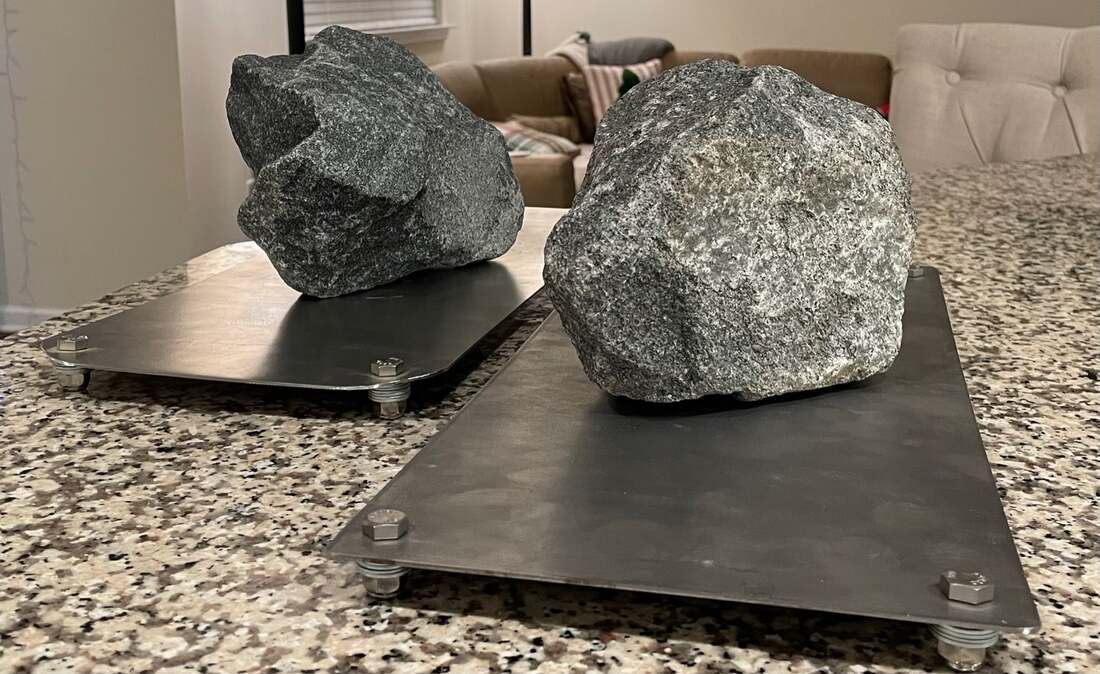


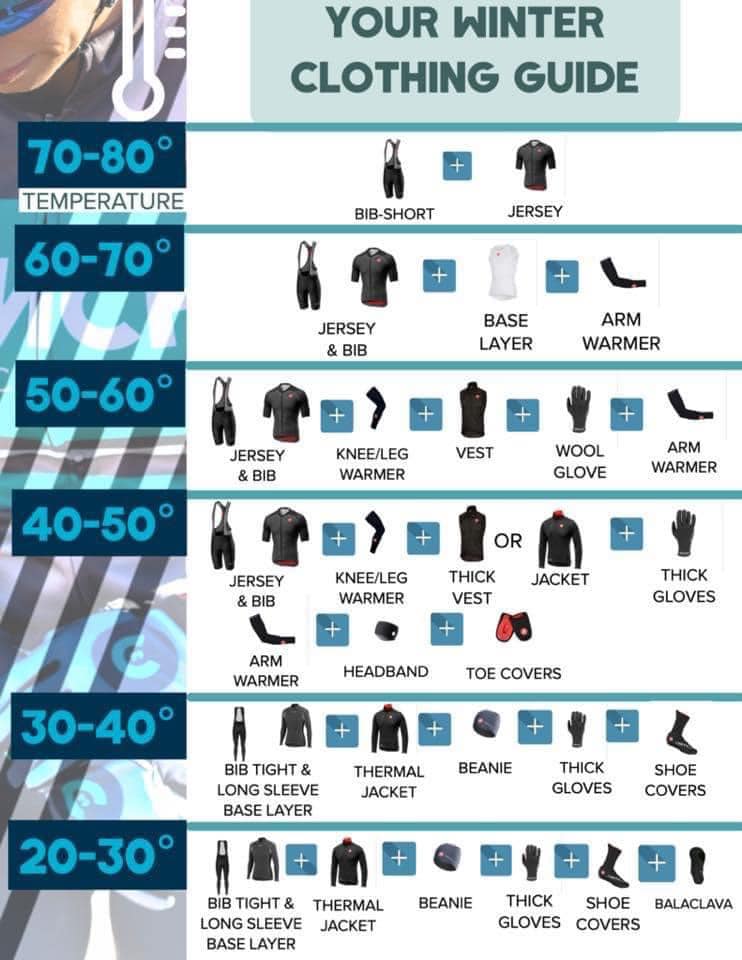
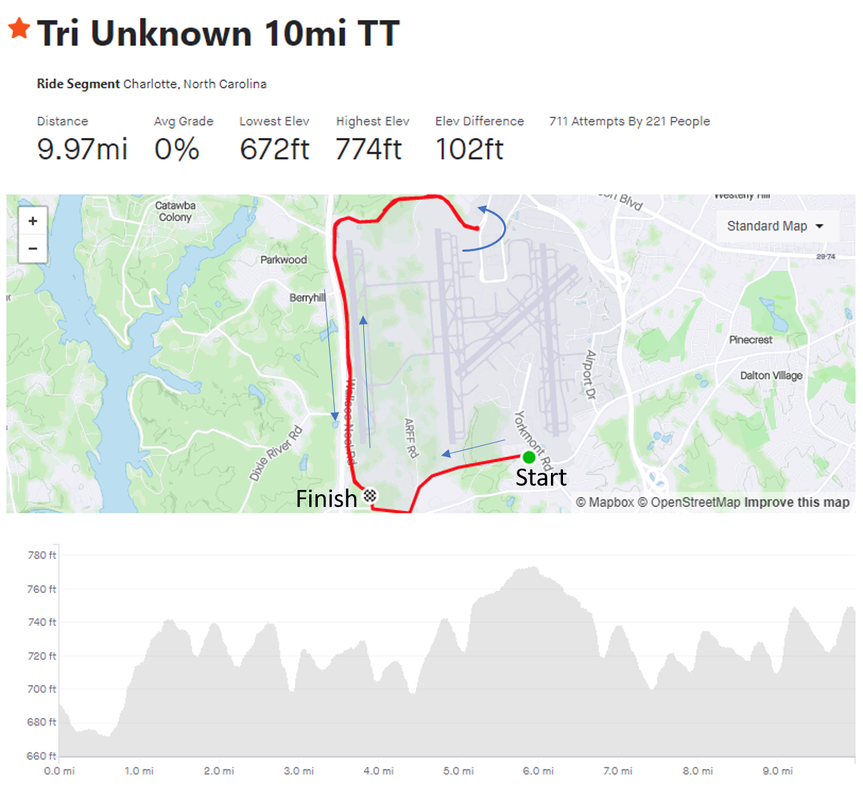


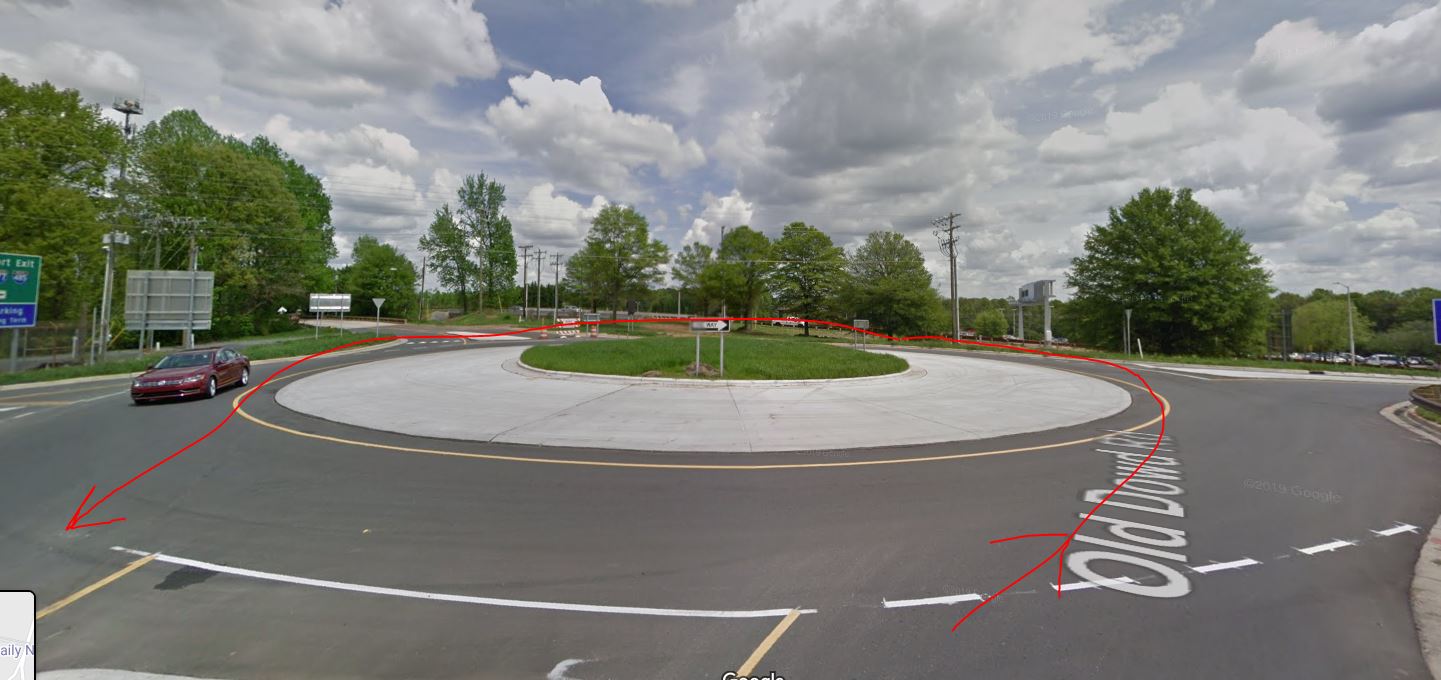
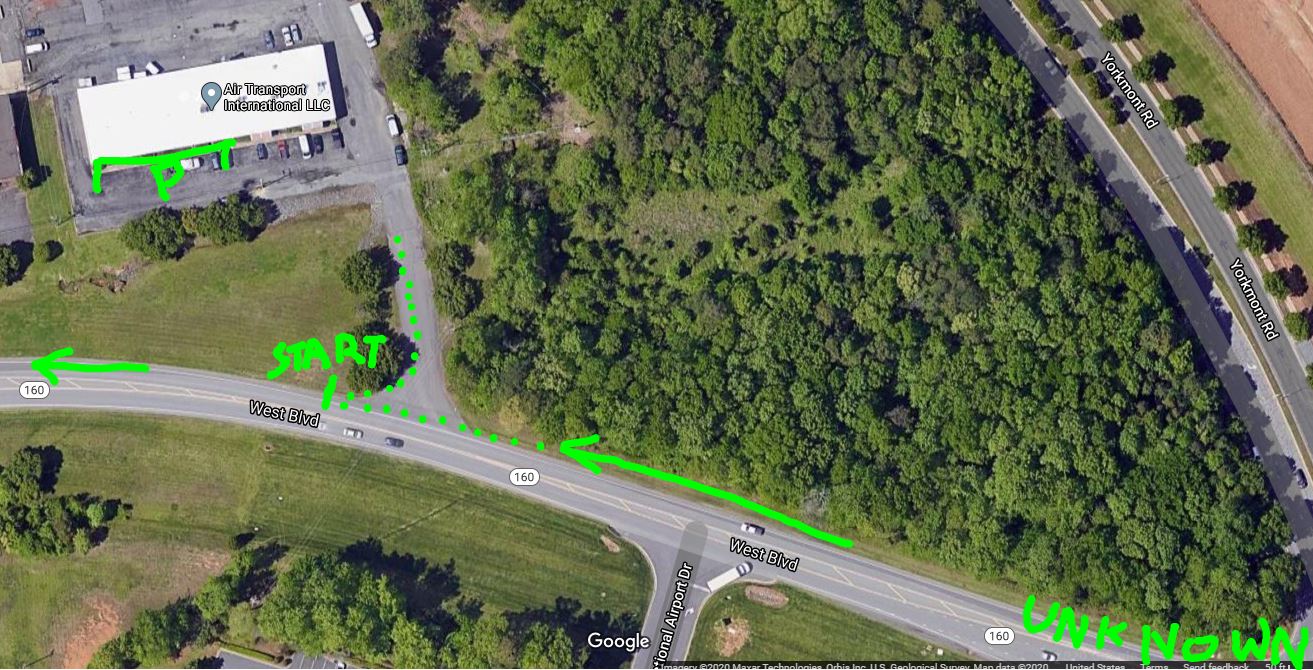
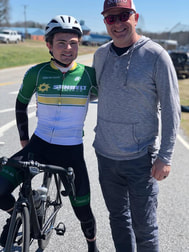


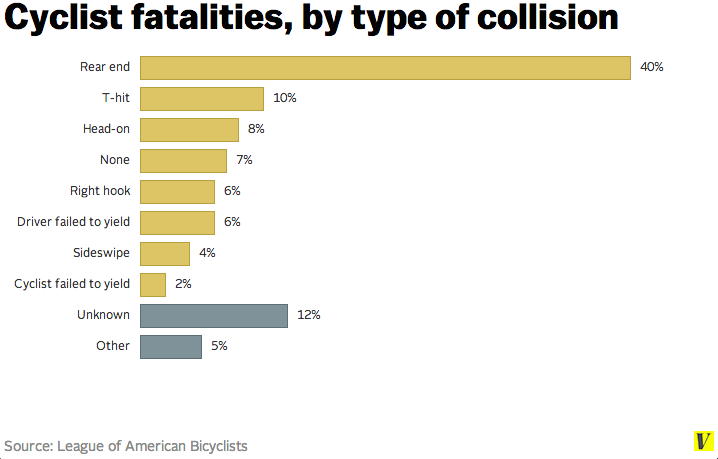
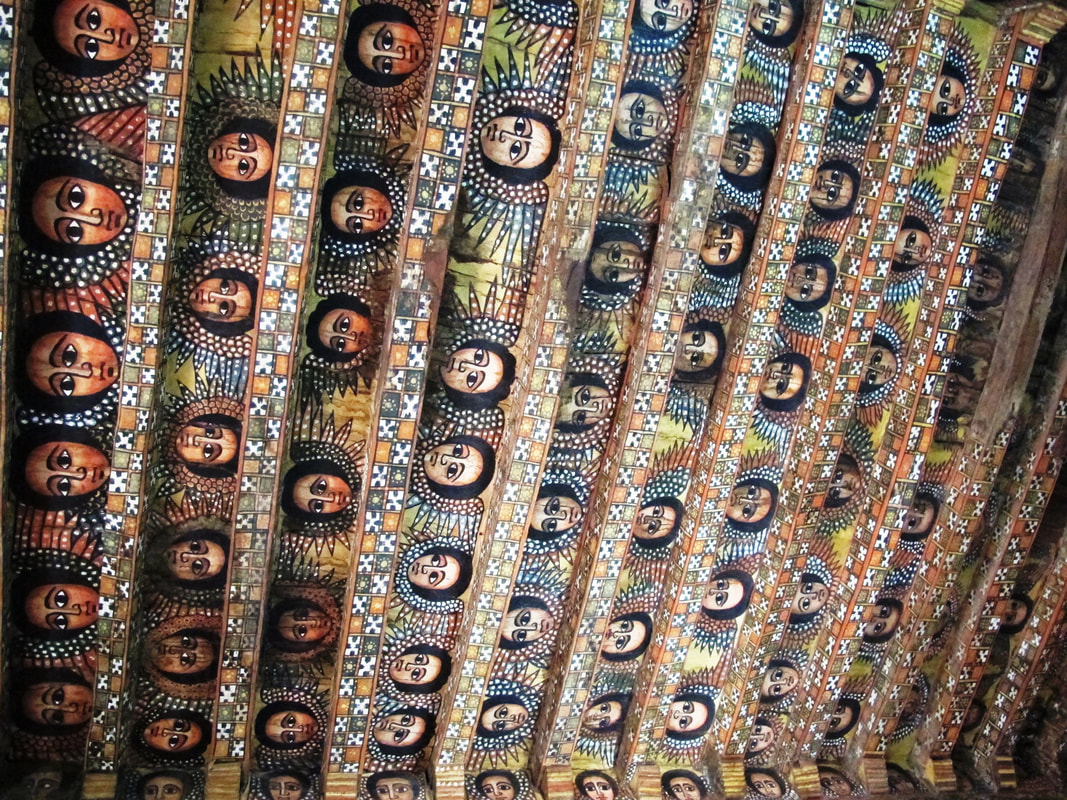

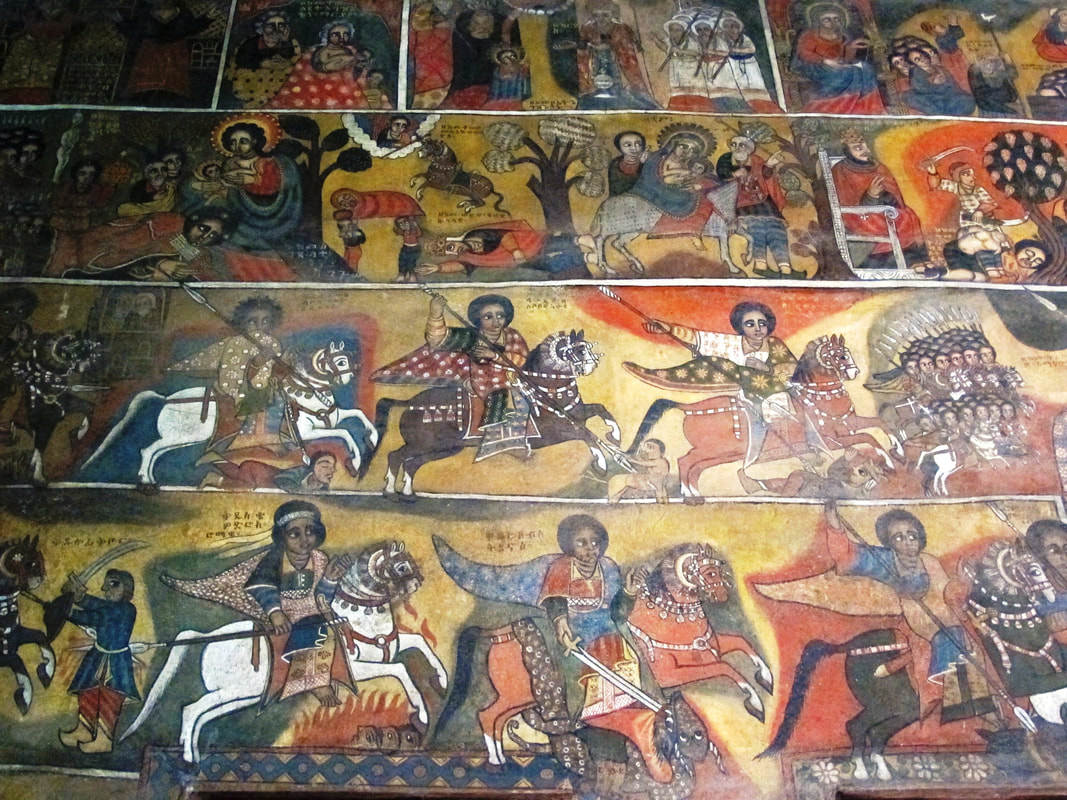
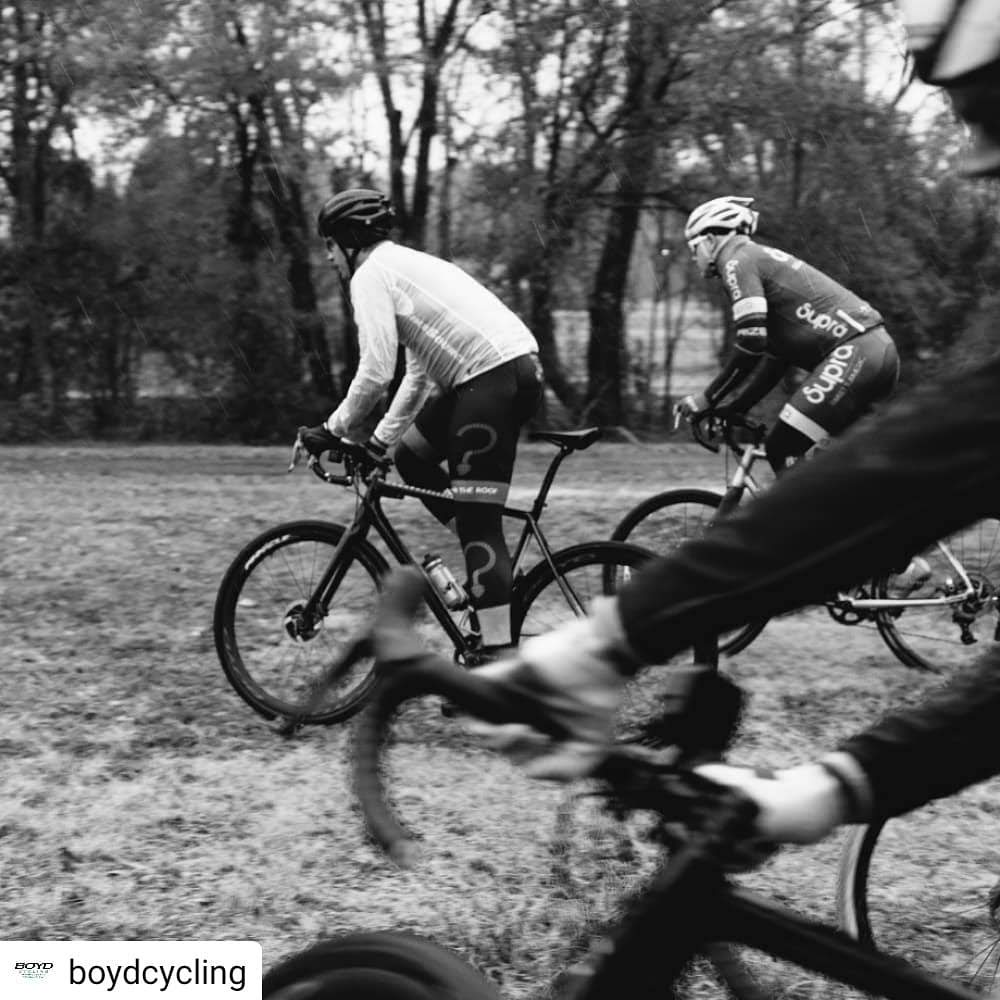
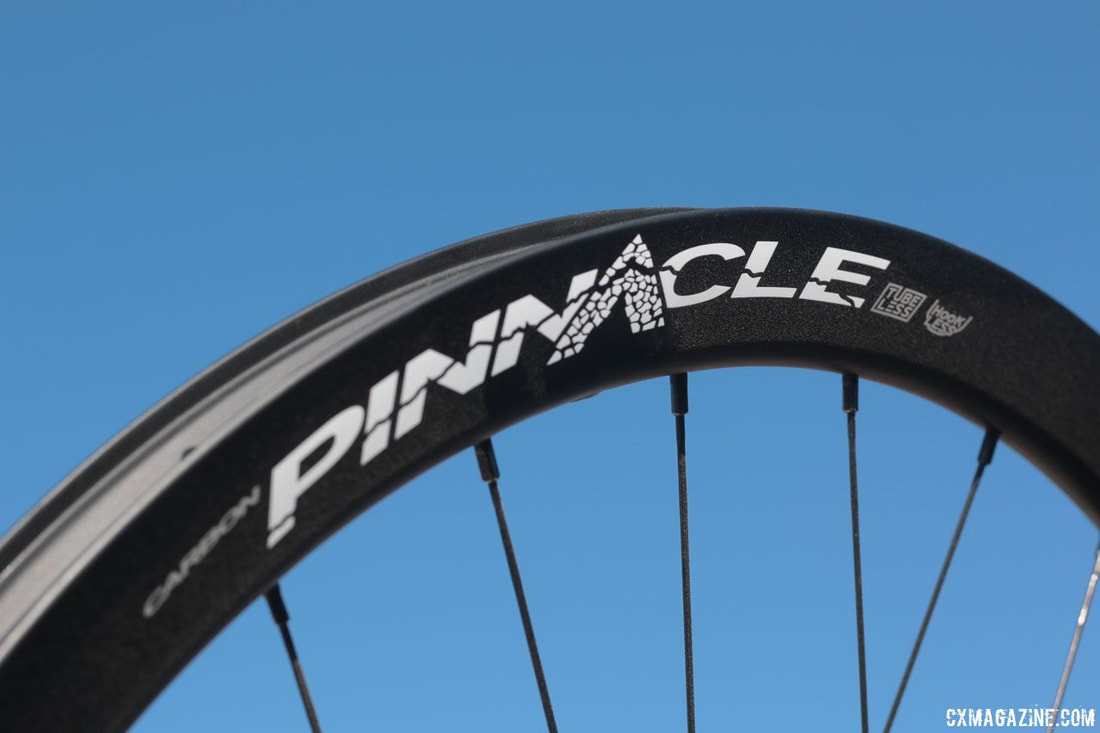
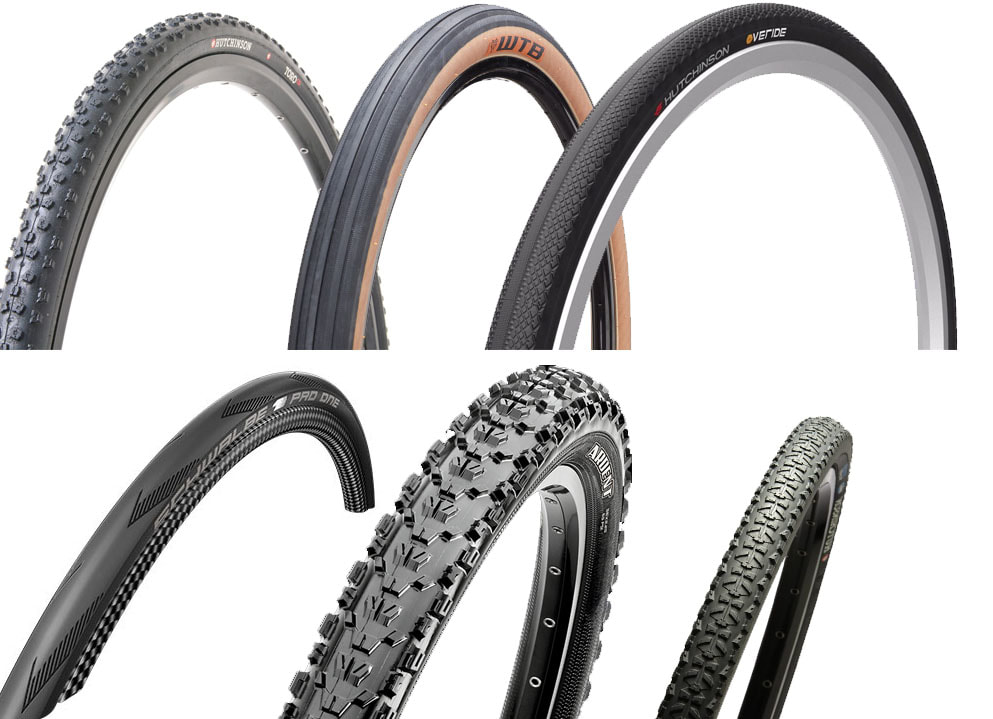
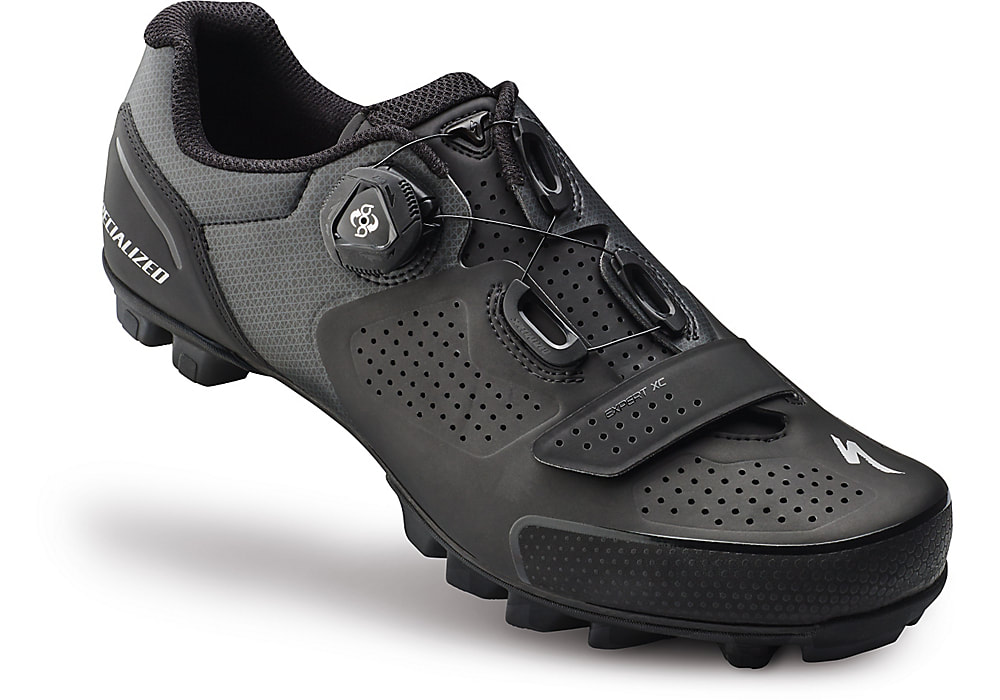
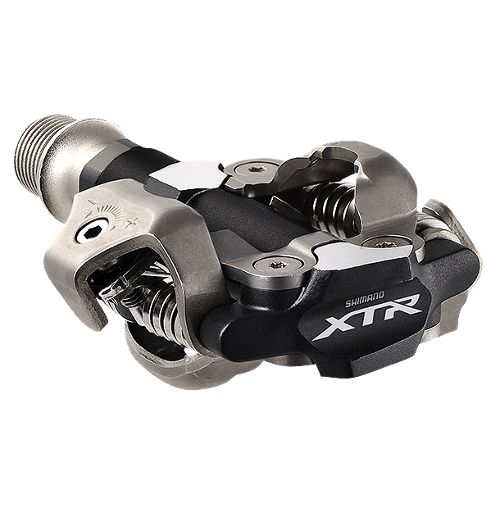
 RSS Feed
RSS Feed
